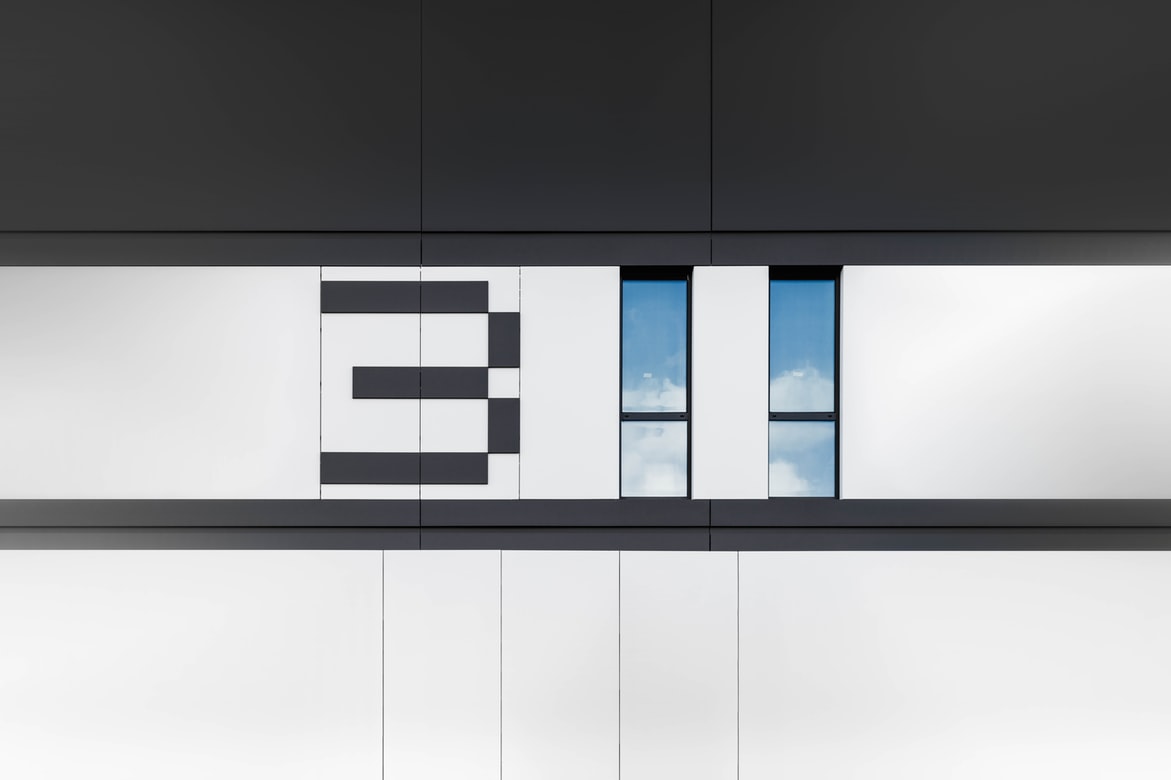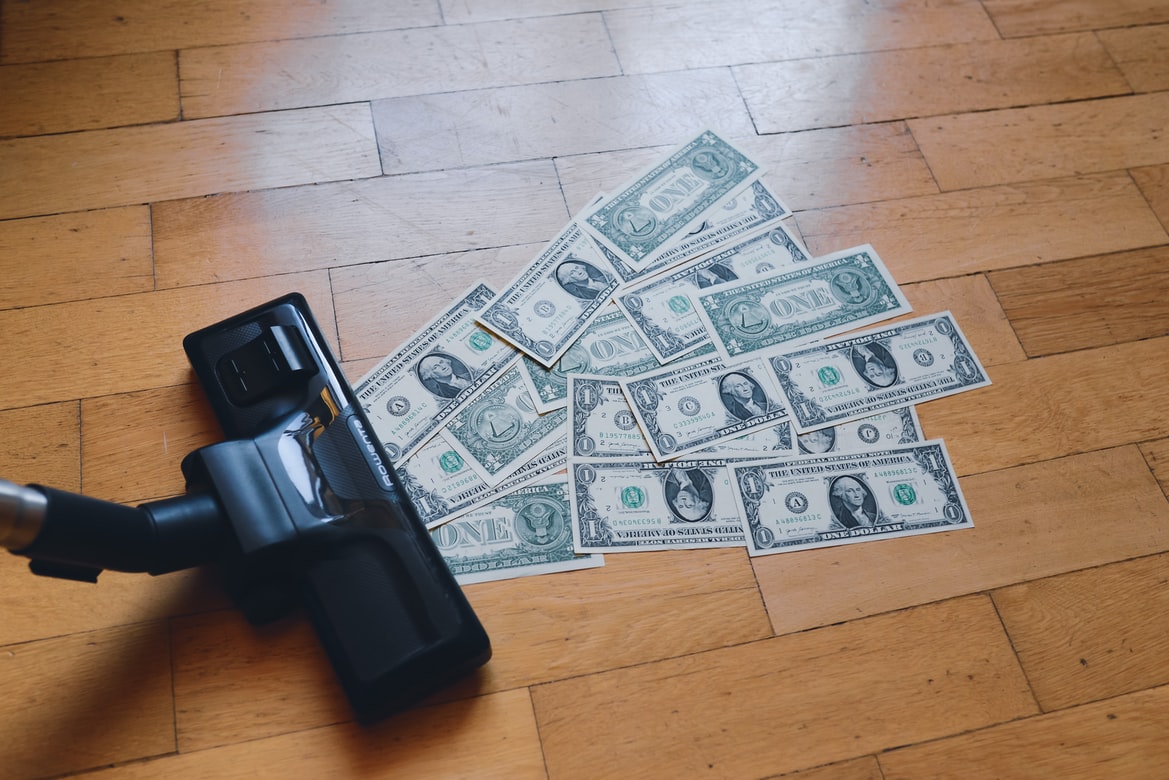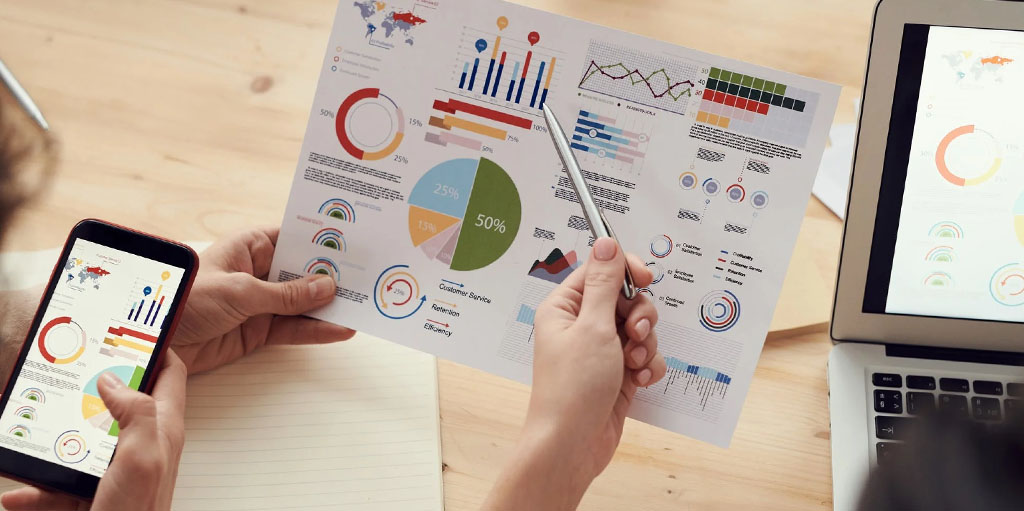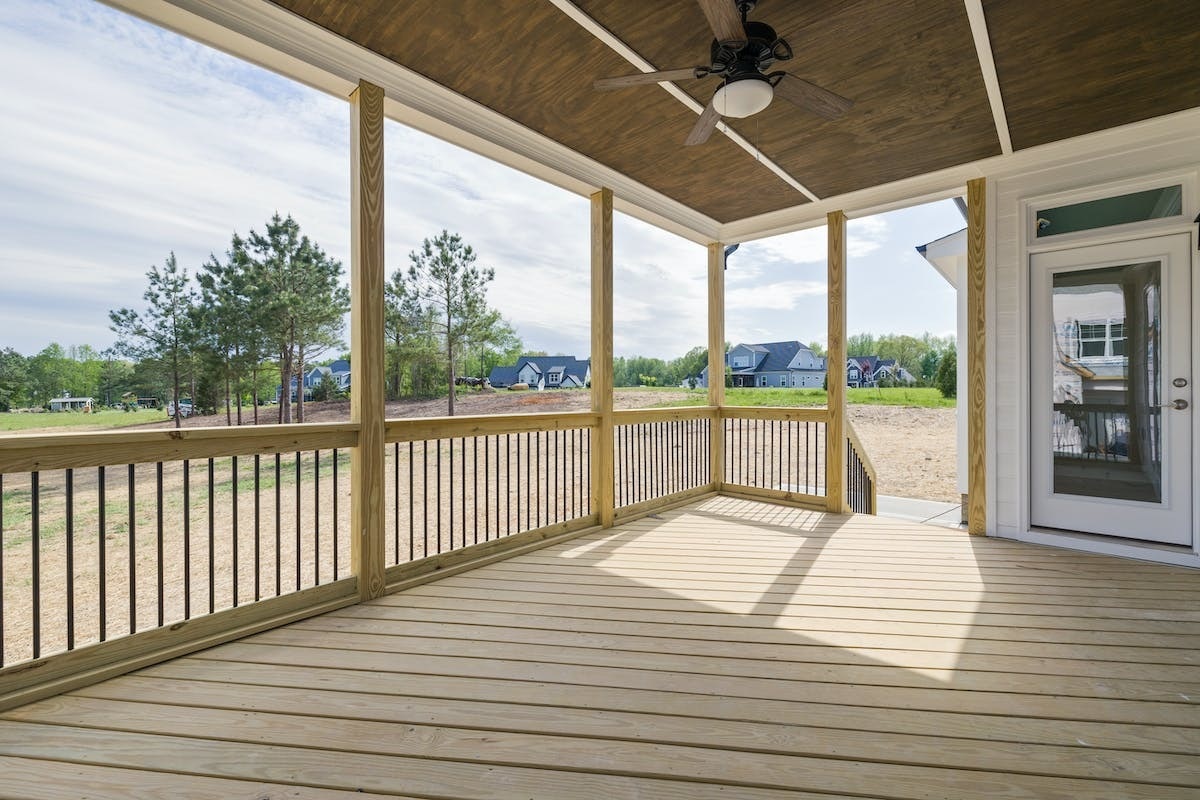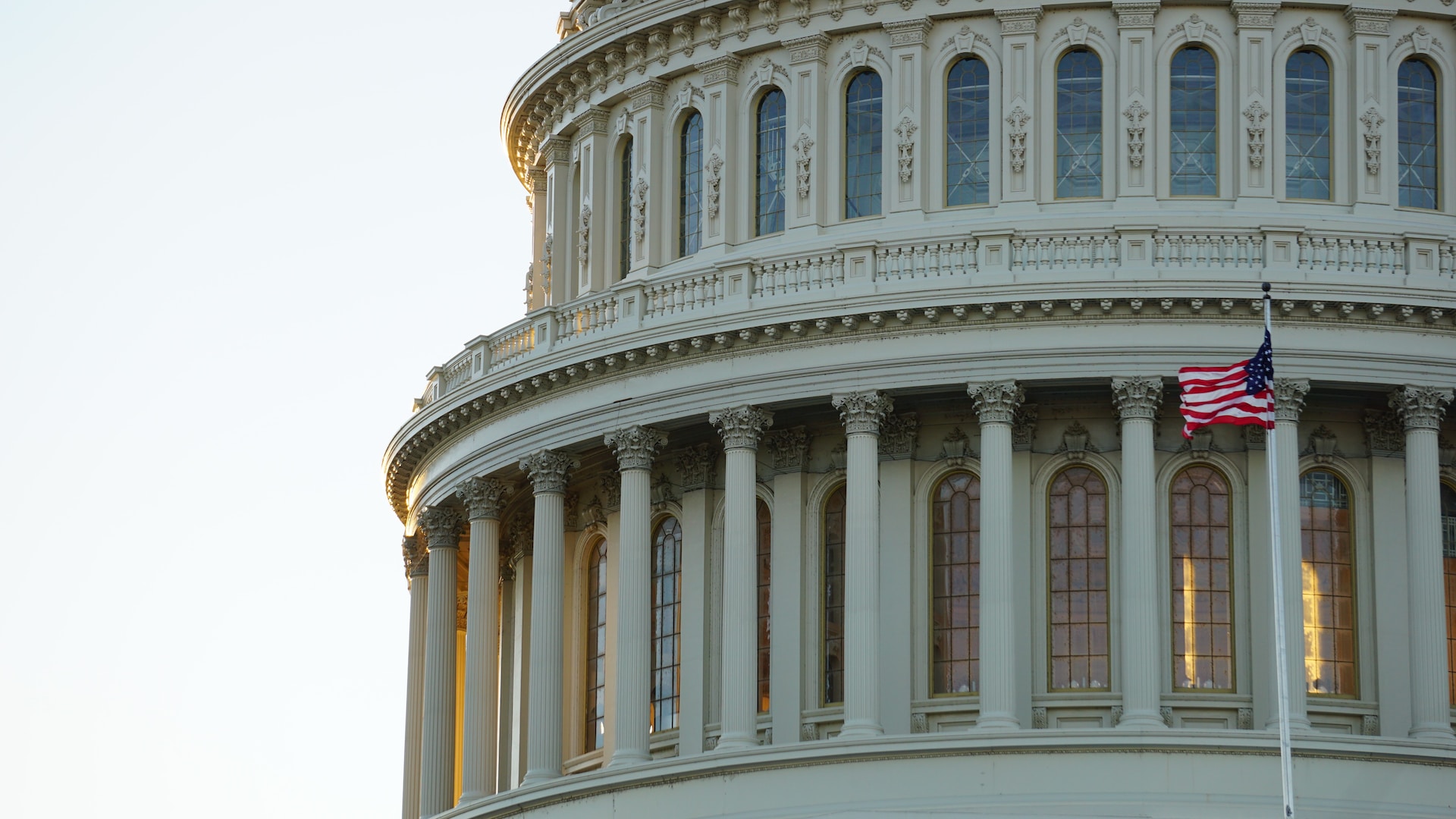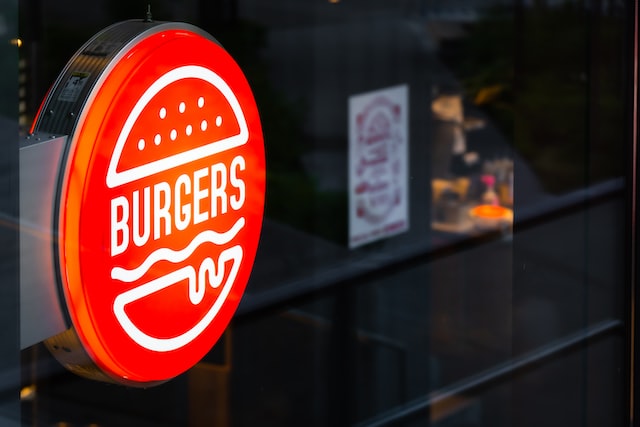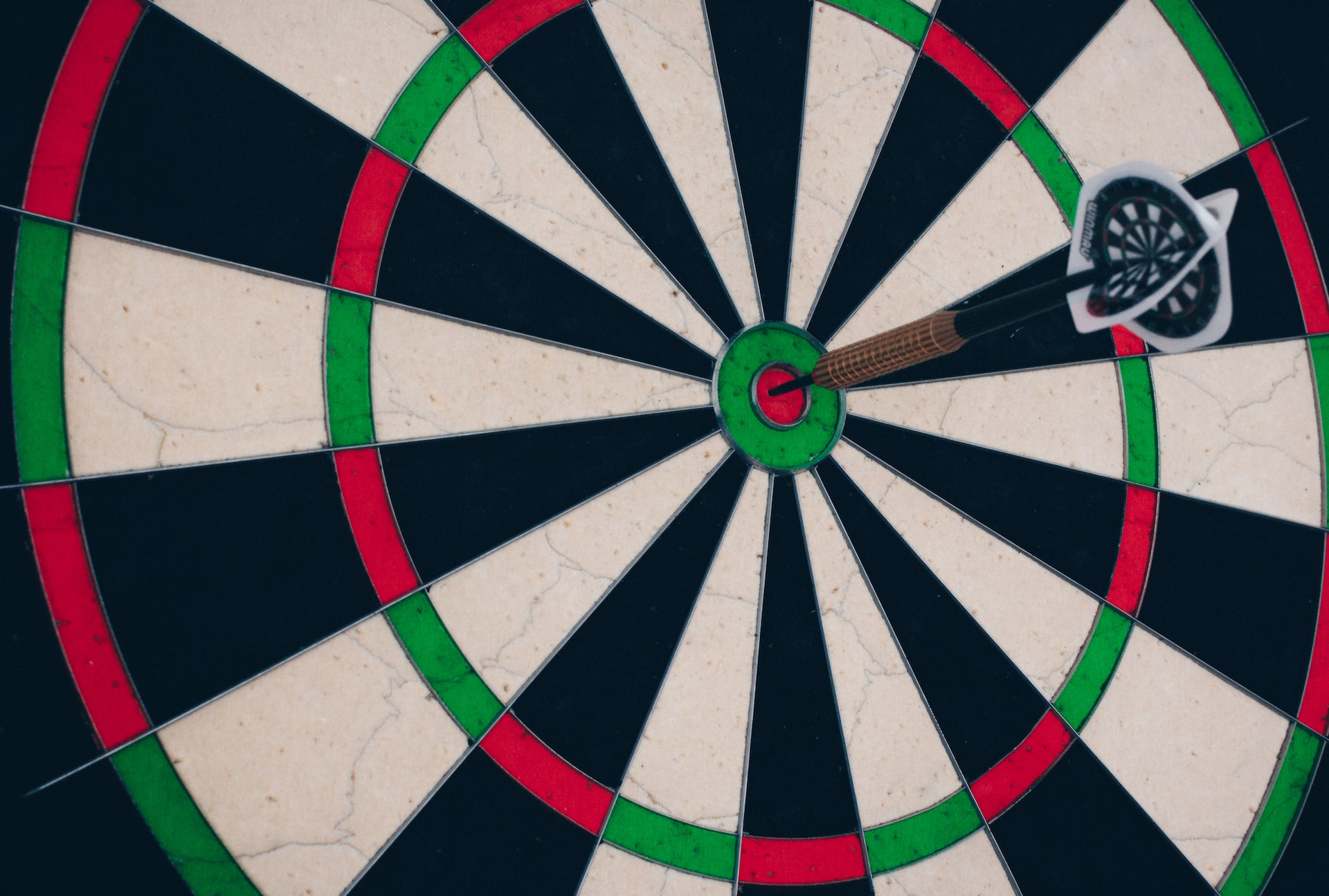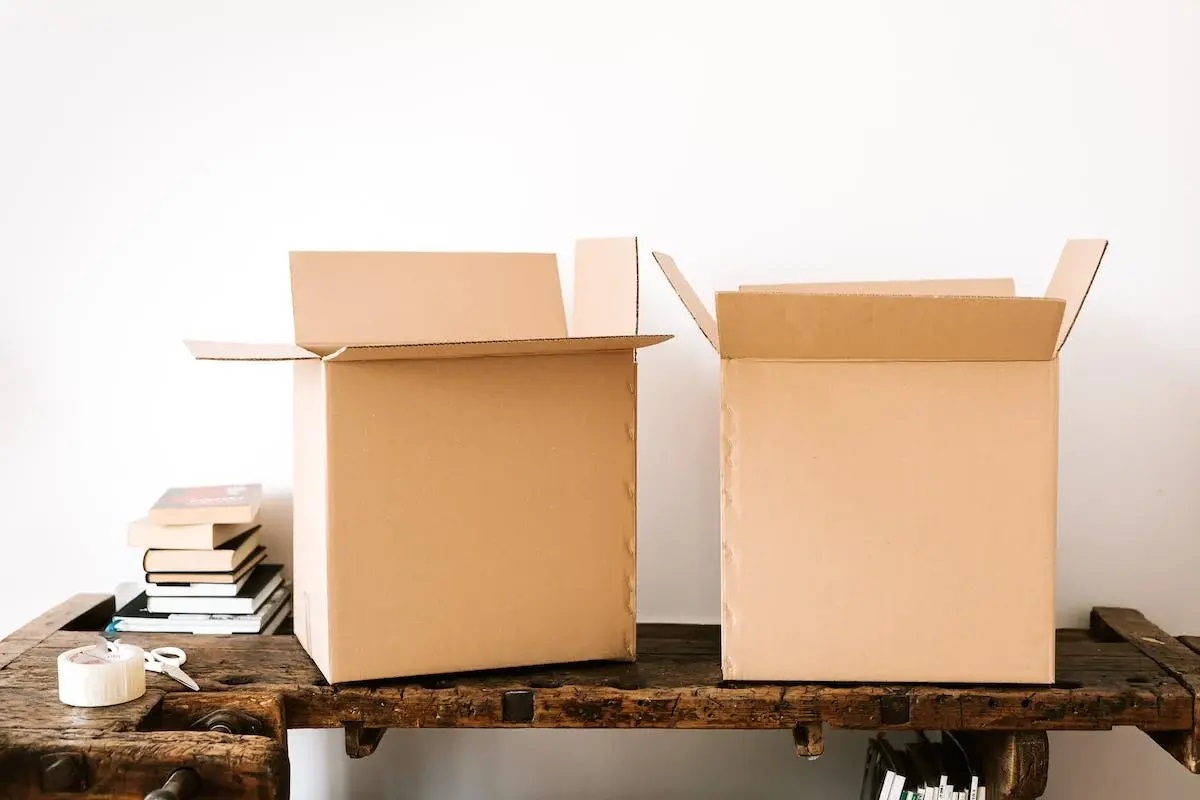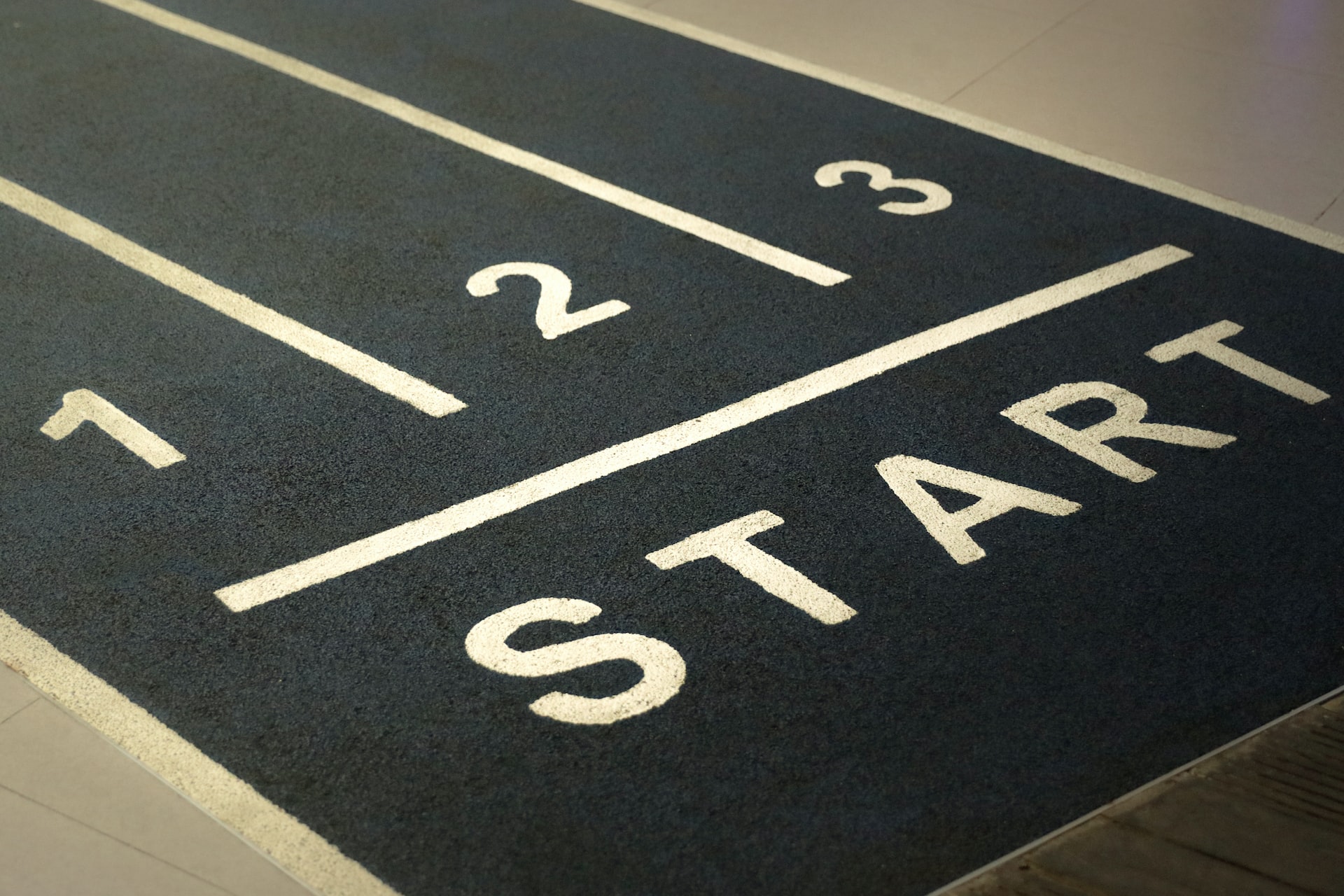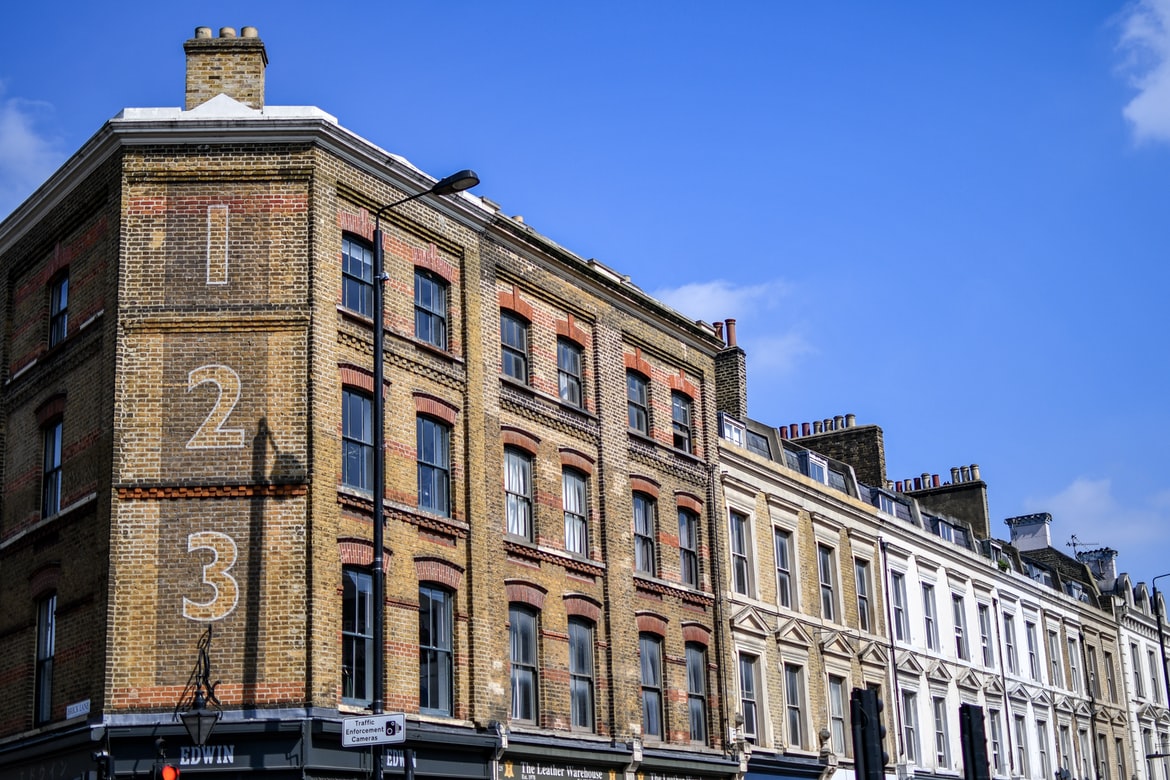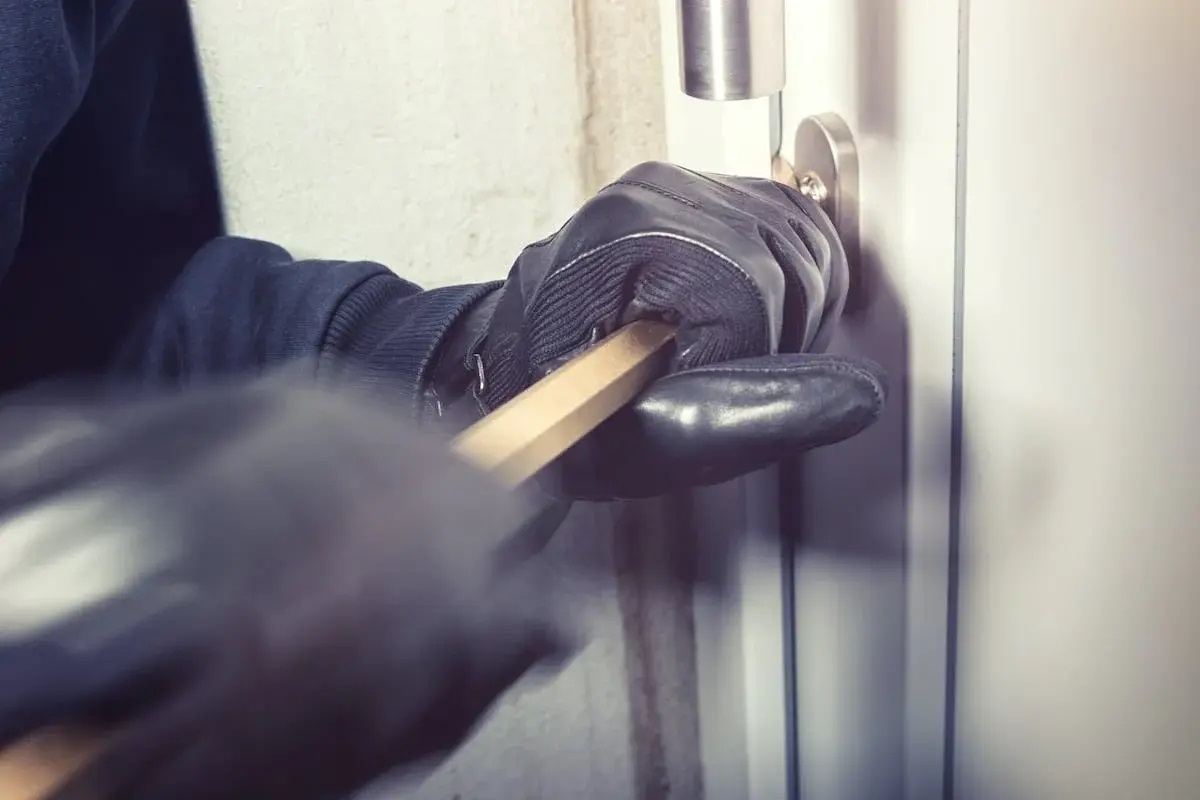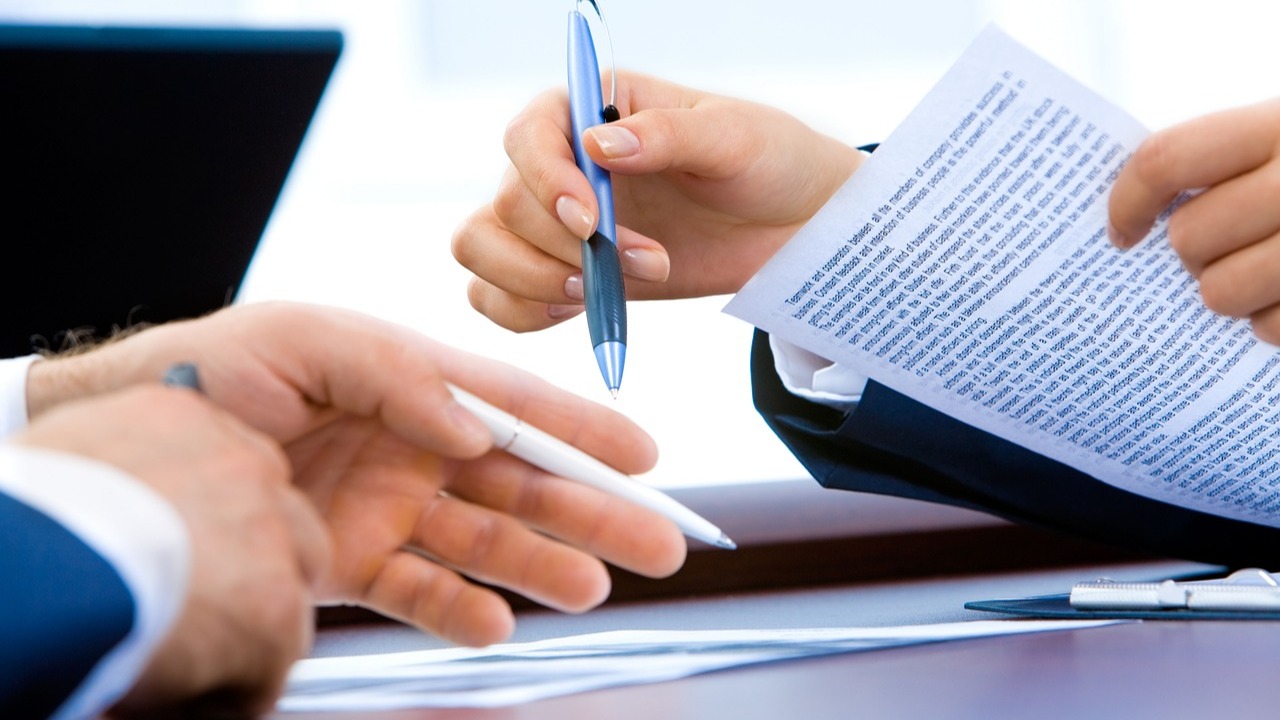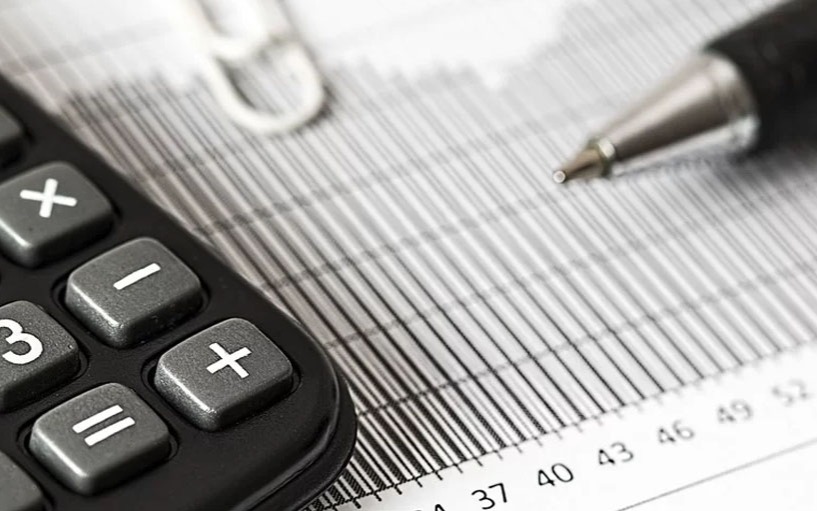
How does refinancing save homeowners money
___
Published Date 1/30/2019
The first type, rate-and-term, replaces your existing loan with one that has a better rate and/or terms. You might replace an ARM or balloon loan with a fixed-rate loan, for example. Or you may decide to lower your rate AND shorten your term. Some borrowers have been able to refinance from a 30-year loan into a 15 or 20-year loan, reducing the term, without appreciably raising their payments.
A borrower does not receive any significant amount of cash in a rate-and-term refinance; lenders generally consider that any cash proceeds above $2,000 pushes the loan into a cash-out category.
There are always certain costs involved in any mortgage transaction; there will always be fees for title, escrow, underwriting and document preparation, for example. Borrowers can add these fees to their new loan so as to avoid having to pay them in cash. Financing these items is not considered cash-out.
When you are deciding whether to do a rate-and-term refinance, you should evaluate it in two primary ways: first, how long will it take to recover the cost of doing the loan? For example, if the closing costs amount to $3,000 and the reduction in rate gives a saving of $1,500 per year in the first year, it will take approximately two years to "break even." For most people, this time frame is more than satisfactory, but you should make your own decision. The second criterion is net savings over some time period, say five years, ten years or more.
Homeowners with adjustable rate mortgages (ARMs) may decide to refinance into a fixed rate loan, even though their rate may initially be higher, they might feel more secure knowing that their rate will never change. This is more of a defensive strategy to guard against the possibility of a higher rate in the future, but it may not "save money."
The other type of refinance, a "cash-out," is one where the borrower receives cash of more than $2,000 at closing. This is accomplished by getting a new loan that is larger than the balance of the old one plus closing costs. Borrowers can use that money for anything. Some homeowners have used cash-out refinances to pay off consumer debt, like car loans, student loans, and credit cards. Using home equity to pay off credit cards can drop the payment dramatically! But paying down installment loans can create a false economy. A $30,000 car loan with an interest rate of 6% will have a payment of $500, but paying off that loan with the proceeds of a home refinance will effectively drop the payment to $150—but does it really make sense to finance a car for 30 years?
Hope this is useful.
All information furnished has been forwarded to you and is provided by thetbwsgroup only for informational purposes. Forecasting shall be considered as events which may be expected but not guaranteed. Neither the forwarding party and/or company nor thetbwsgroup assume any responsibility to any person who relies on information or forecasting contained in this report and disclaims all liability in respect to decisions or actions, or lack thereof based on any or all of the contents of this report.


Vadim Bogdanov
NMLS: 234616
Utmost Pro, Inc
4500 Park Granada Blvd Suite 202, Calabasas CA 91302
Company NMLS: 1516640
Office: 844-488-6678
Cell: 818-208-7772
Email: info@utmostpro.com
Web: http://UtmostPro.com

Vadim Bogdanov
___
NMLS: 234616
Cell: 818-208-7772
Last articles
___
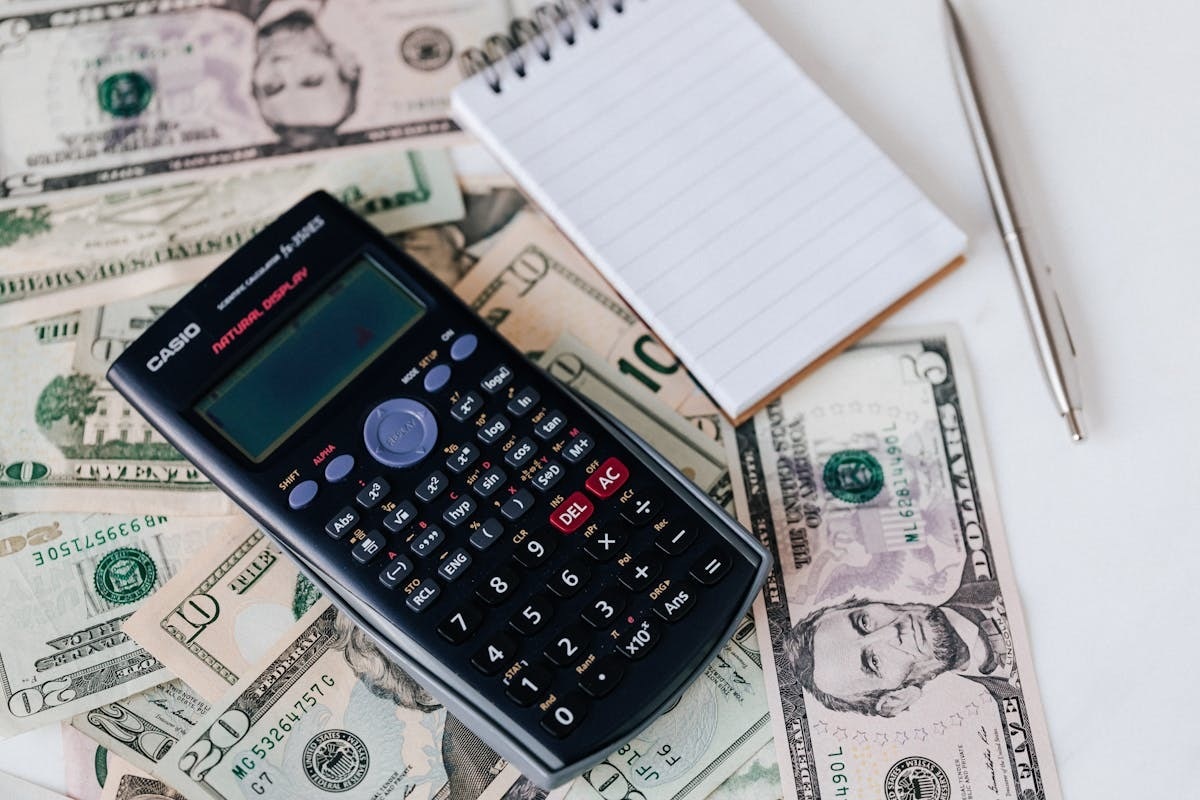
Don’t be surprised if your lender wants to know why you took time off work
3/15/2024
You got the money together. Your credit score is admirable. And you now know the... view more

March Empire State Manufacturing Index fails to meet expectations
3/15/2024
Inflation just won’t cooperate, continuing to increase. This week CPI and yester... view more

Fun stuff? Outdoor trends for spring 2024
3/14/2024
Now that our Daylight Savings Time hangover is finally abating, let’s talk about... view more
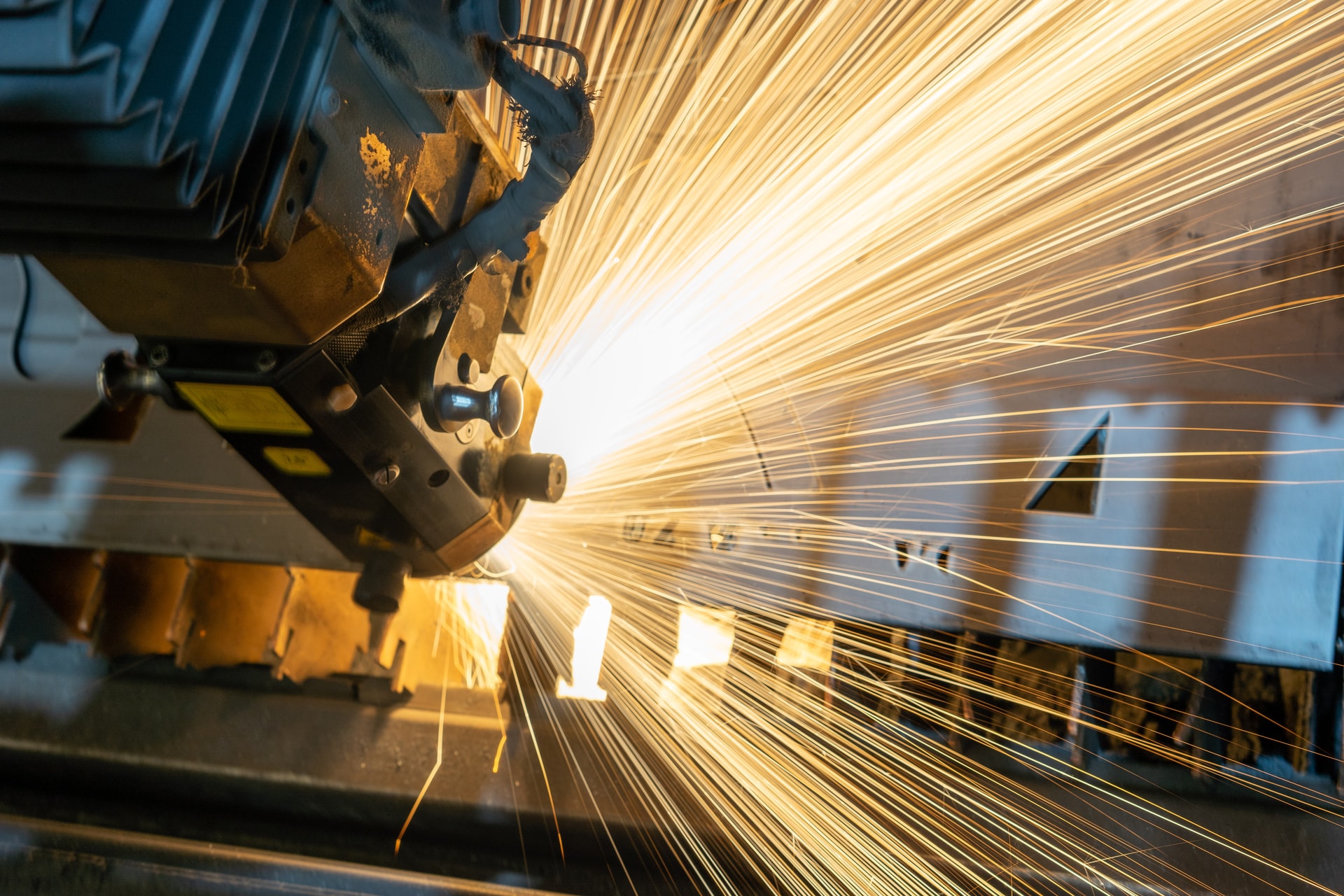
Markets under heavy pressure due to high Producer Price Index
3/14/2024
Headline Feb Producer Price Index (PPI) was DOUBLE market expectations, up 0.6% ... view more
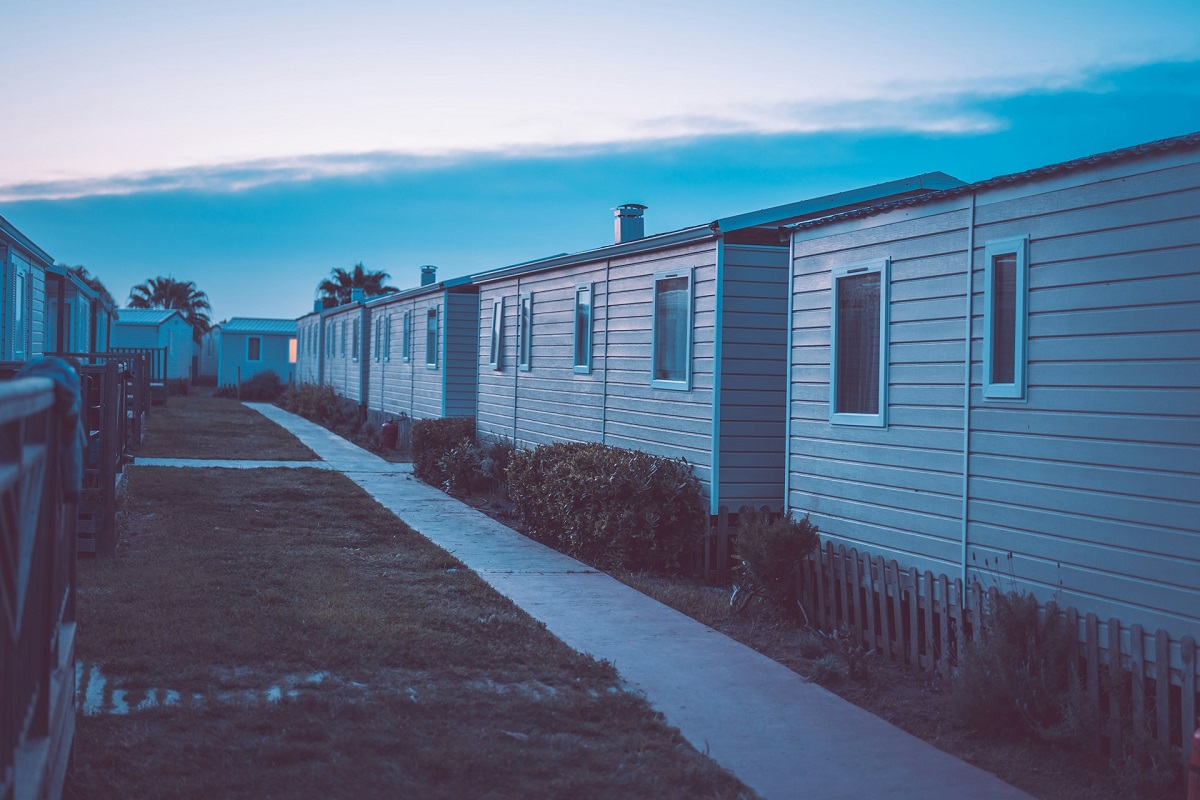
Perks and realities of living in a mobile home
3/13/2024
When Reese Witherspoon’s character in the movie Sweet Home Alabama hears Candice... view more

Markets start the day with little volatility
3/13/2024
Yesterday in reaction to the slightly higher inflation reported on the February ... view more

Realtors and lenders offer insight into the purchase of a ‘unique’ home
3/12/2024
That geodesic dome you see along the edge of the freeway or the house shaped lik... view more

Markets under pressure due to Consumer Price Index
3/12/2024
February Headline Consumer Price Index (CPI) grew at a MOM pace of 0.4% versus ... view more
Load more
 Utmost Pro, Inc
Utmost Pro, Inc


